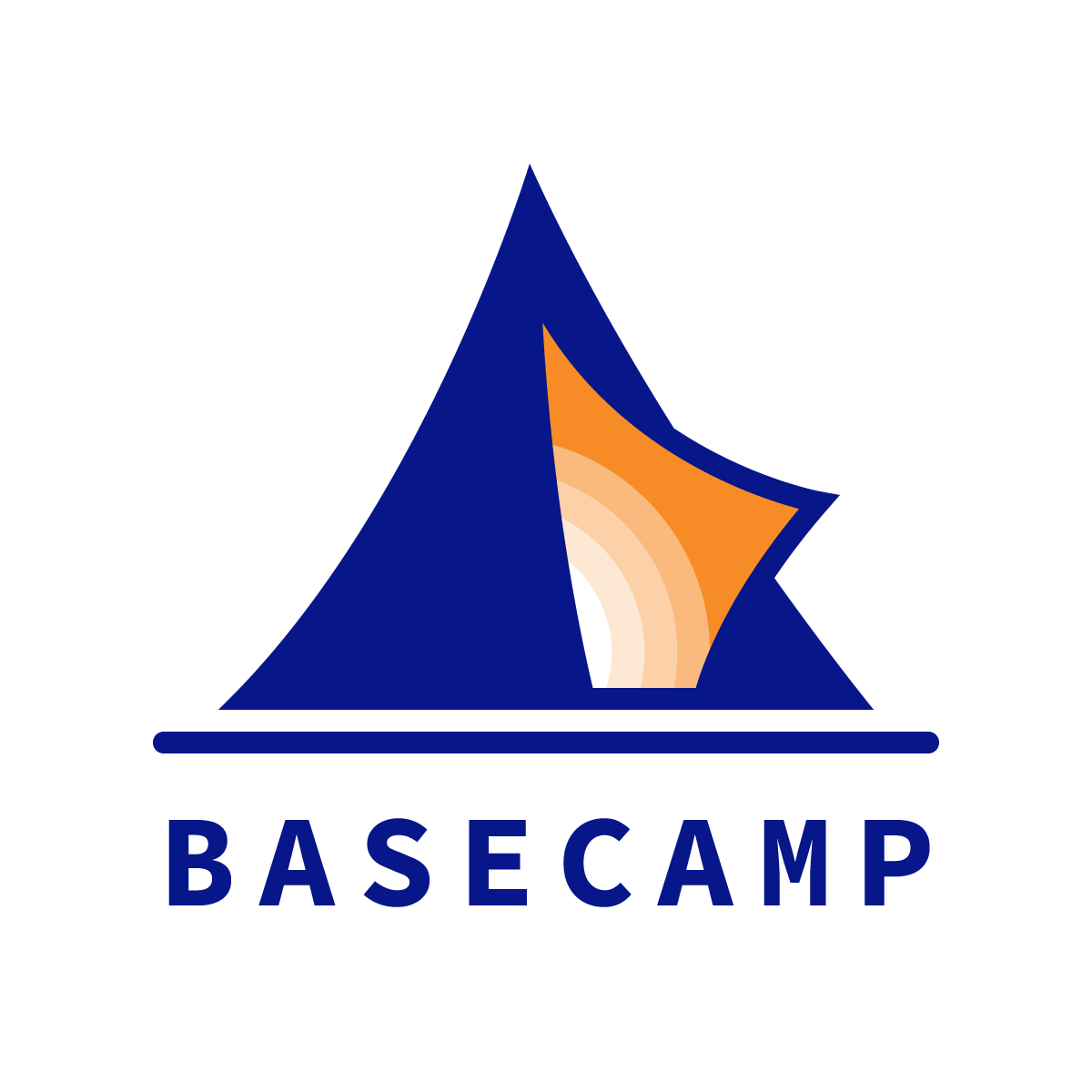Future of Learning Top Reads for week of Mar 8 2020
“A Year and Change,” by Jeff Selingo, in the NEXT newsletter
“Right now, most traditional colleges aimed at serving the teenager out of high school provide a single option for enrollment: a full-time calendar that starts around September, a few breaks throughout the fall, winter, and spring, and then wrapping up around May.
“The traditional, full-time option won’t go away. But the experience of this year where colleges had to rethink their calendars—and who was on campus and when—offers a playbook for creating new ‘products,’ different pathways to a degree.
“Don’t expect colleges to offer a shelf-full of various options, but in addition to the traditional experience there could be more 2+2 pathways with community colleges or low-residency options that allow students to work at internships or on research projects away from campus.
“But on some campuses we might see more options, especially where technology allows students to learn basically anytime, anywhere and mix-and-match their choices on the way to earning a degree.
“Bottom line: No matter what, the traditional academic calendar is a thing of the past.”
Why does this matter to the future of learning?
As we have said before, when you refactor time, space, and assessment (entry #2), you can create breakthroughs.
At the high school level, this refactoring can lead to accelerated completion of academic requirements, creating space for advanced study, including college credit coursework. It’s unlikely students will voluntarily leave their peers to join a college campus early, but it is conceivable that they might graduate from high school with 15-30 credits already completed.
And since most colleges won’t accept more than 9-12 transfer credits, higher ed has a vested interest in created articulation agreements with high schools from which they want to recruit students. By offering 15-30 credits that will transfer if students matriculate with that college, colleges might motivate undergraduate enrollment in new ways.
***
“The Velocity of Skill Development,” on Farnam Street
“It’s not true that more feedback is better. It’s also not true that coaches provide the best feedback.
“There are two main types of feedback. There is feedback that’s internally generated and feedback that’s externally generated. Internal is what you feel, see, observe. You hit a ball a certain way and don’t get the result you want, so you try it another way. External feedback, often from coaches, is harder in some ways. Most coaches can give reasonably accurate feedback on a particular technique.
“What separates coaches is ego involvement. Most coaches want to give you feedback that confirms their view of the world. They’re quick to tell you what they would do, which isn’t necessarily what you should do. They want to feel like they’re making you better. The best coaches coach you without you even being aware that you’re being coached. This takes time. You have to develop a relationship with the player. You have to put them in situations that stretch them. This requires a lot of focused observation.”
Why does this matter to the future of learning?
Better assessments depend on better feedback.
Better feedback depends on better coaching.
***
“Adam Grant’s got some great ideas on updating bad beliefs,” by Annie Duke, in Annie Duke’s newsletter
“All your decisions are informed by your beliefs.
“If you make a decision based on faulty beliefs, it doesn’t really matter how good your process is. Junk in, junk out, as they say. It turns out that it’s really hard to dislodge a belief once it is formed.
“Why are we so stubborn about updating our beliefs? And how can we get better at it? […]
“The main thesis of the book is that we have to let go of the identity piece and start treating our beliefs as hypotheses. Think Again tackles how you can live a life where you’re more willing to dislodge beliefs and be more open-minded to new information that comes your way that might get you to rethink things.
“Grant gave a talk about some research and afterward, Kahneman approached him and said, ‘That was wonderful. I was wrong.’ He was lit up with joy about being wrong - or rather, having been wrong.
He told Grant something to the effect of, ‘No one enjoys being wrong, but I do enjoy having been wrong, because it means I am now less wrong than I was before’.”
Why does this matter to the future of learning?
How might we design learning experiences to encourage everyone to feel proud of being “less wrong than before”?
Being “less wrong” is at the heart of how the mRNA vaccine for COVID-19 was created in Lawrence Wright’s must-read “The Plague Year.”
***
Thank you for reading this post from Basecamp's blog, Ed:Future. Do you know someone who would find the Ed:Future blog worthwhile reading? Please let them know that they can subscribe here.

